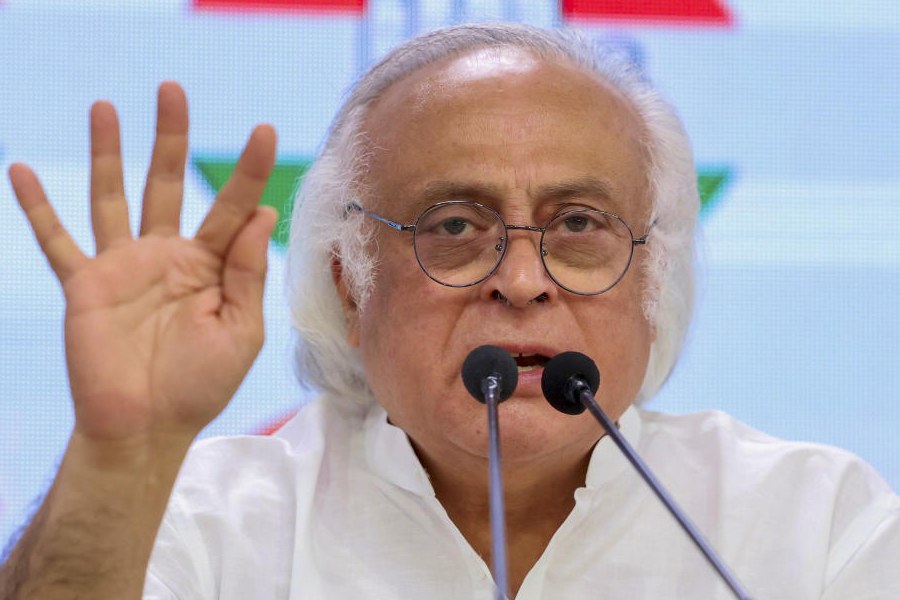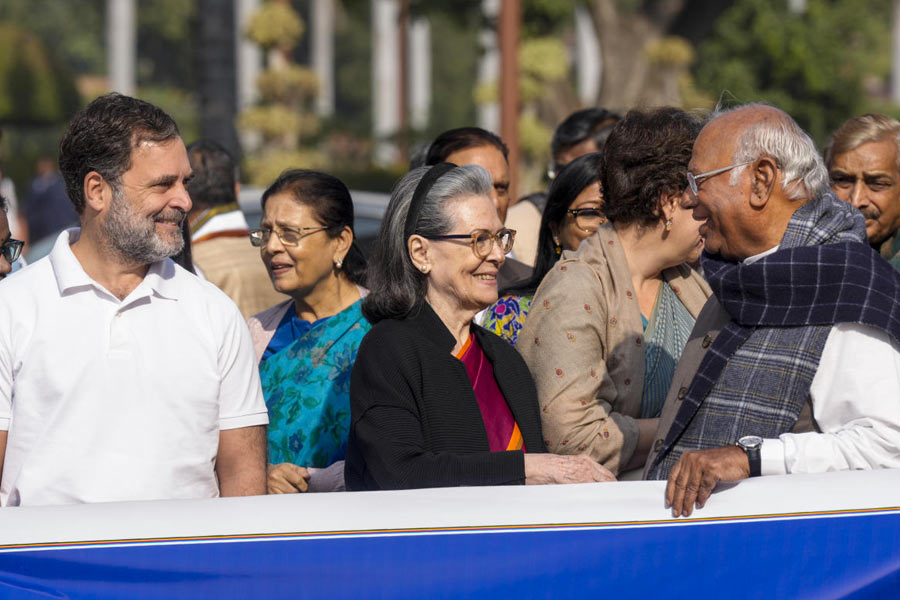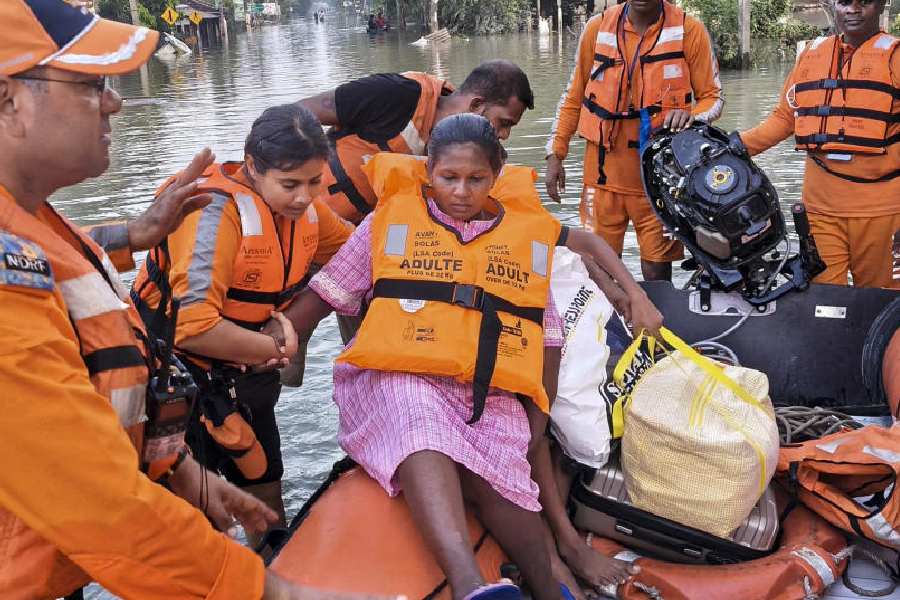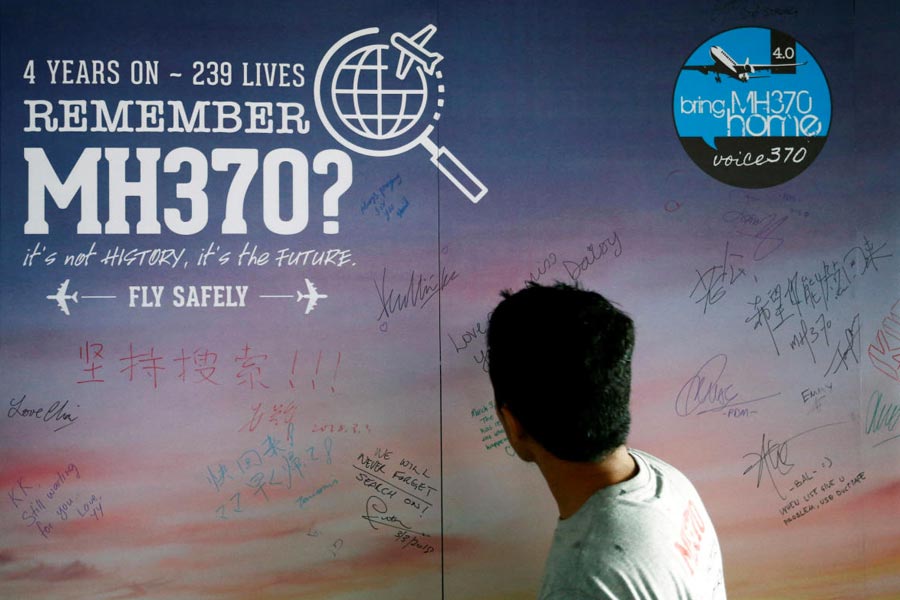How wars are fought is becoming less physical, as is how they are being reported. A striking footnote to Operation Sindoor was the news which emerged subsequently about the Pakistani terrorist, Abdul Rauf Azhar, who was responsible for the abduction and the beheading of the American journalist, Daniel Pearl, in 2002, being eliminated in this operation. Doordarshan reported that the American-Jewish community had thanked India for this.
Pearl, then the South Asia bureau chief of The Wall Street Journal, had ventured into Pakistan to investigate links between the British radical, Sheikh Mubarak Ali Gilani, and the shoe bomber, Richard Reid. Physically investigating terrorism and losing one’s life in the process is a far cry from how the latest conflict, triggered by an act of terrorism, was tracked and reported.
India’s military operation was conducted mostly via aerial bombing, and it triggered an information war online between the two countries. The closest it got to field reporting was reporters from TV channels sighting drone explosions in the night sky and pointing towards them. What makes India’s latest precision strikes on Pakistan a bit of a media landmark is the convergence between high levels of censorship and a deluge of disinformation.
As soon as it began, Alt News found itself tackling the rapid spread of unverified information, from recycled videos presented as current events to Artificial Intelligence-generated content blurring the line between real and fake. All this was amplified by unchecked hyper-nationalism, as the Alt News founder, Pratik Sinha, put it (https://www.techpolicy.press/between-borders-and-lies-factcheckers-on-navigating-the-indiapakistan-conflict/). Fact-checking organisations in both India and Pakistan faced an overwhelming demand for their services, he added. At first there was more misinformation from the Pakistani side, subsequently followed by much more from the Indian side.
War sells. The commercial imperative to ramp up jingoism whenever there is a clash with Pakistan has long been par for the course on Indian news channels. In September 2016, for instance, Indian television’s response (http://asu.thehoot.org/media-watch/media-practice/war-and-peace-how-the-media-covered-the-uri-attack-9654) to the terror attack on an army camp in Uri in Jammu and Kashmir had been as ballistic as it was this time around. Print media commentary from that time, too, sounds like a replay of what we are hearing today, with discussions on thinking through the steps on the escalation ladder.
But what has changed is that the fake news and the jingoism triggered by Operation Sindoor are bolstered by the dynamics of digital platforms. Their algorithms are helping ratchet up conflict, giving both TV and social media disinformation a life of its own. As a Pakistani journalist explained on BBC Urdu, the fundamental monetisation process of platforms changed with social media. Now, the bulk of traffic comes from disinformation and platforms profit from it. Conflict journalism as we knew it is rapidly disappearing. Social media has given citizens amplification tools without filters, even as big-tech platforms roll back their fact-checking mechanisms.
As for television, the fundamental shift, as the journalist Ashutosh pointed out recently, is that you have news channels that are privately owned but government-controlled, which is a post-2014 phenomenon. Distortions at wartime, making outlandish claims of captured cities by Indian forces, and offensive communal hate-mongering in peace time have the government looking the other way despite having put stringent content monitoring laws in place. The laws are meant for those the State does not like. Pious Press Information Bureau fact-checks sought to set the record straight on news of claimed attacks, but there was no action against misinformation-spreading TV channels that support this government. Not so in the case of news sites it does not like. The Wire disappeared on account of carrying a story on downed Rafale jets, attributed to CNN. The entire site disappeared because the government blockers apparently did not know how to block a single story. The government could have sent the site a notice for a takedown but it dispensed with such niceties.
One of the biggest stories of this operation was the unconfirmed downing of India’s Rafales by Pakistani jets and missiles acquired from China. There is no confirmation of this even now, only the foreign secretary’s non-denial at one briefing. We will come to that later, he said. But there was widespread international reporting of Dassault, the French company which manufactures Rafale fighter jets, confirming that at least one jet had been downed.
When it plans to go to war, the National Democratic Alliance government’s censorship machine goes into overdrive. It asked X to block over 8,000 accounts in India, a move which prompted the platform to post a long clarification on its Global Affairs handle. It said that the orders were subject to potential penalties, including “significant fines and imprisonment of the company’s local employees.” The accounts were those of international news organisations and prominent X users. It said that it disagreed with the demand but had no choice since it wanted to keep the platform accessible in India. It also said it was restricted by Indian law in its ability to bring legal challenges against the orders. Then it helpfully provided users with a list of legal aid services in India so that they could seek appropriate relief from the courts.
The PIB, in the meantime, had notified details of a ban on accessing Pakistani media as well as OTT content originating from Pakistan.The less-reported story was what was happening on the ground in Kashmir. The foreign press was more inclined to write about (https://www.bbc.com/news/articles/cgmj7l0lne3o?utm_source=firefox-newtab-en-intl) what it means to live on the Line of Control than Indian journalists covering the latest outbreak of violence. As the BBC put it, to live along the LoC “is to exist perpetually on the razor’s edge between fragile peace and open conflict.” The Indian journalist’s heart bleeds more for people in Gaza than it does for people living on the Kashmir border.
ETV Bharat’s Kashmir correspondent described (https://www.etvbharat.com/en/!bharat/pakistans-shelling-leaves-many-homeless-in-jammu-kashmir-over-10000-structures-damaged-in-poonch-alone-enn25051604449) the scale of homelessness triggered by the destruction caused by heavy bombs. This was a first for many villages, more used to sporadic border shelling. Poonch saw major damage in 60 out of its 90 panchayats. Legislators have been charged with assessing damages so that the government of the Union territory could claim compensation from the Centre for the affected families.
Anuradha Bhasin, the editor of Kashmir Times, makes the larger point (https://www.himalmag.com/podcasts/anuradha-bhasin-kashmir-india-pakistan) that the image of Kashmir and Kashmiris is constructed separately by the Indian press and polity. Claim Kashmir, but disown its people.
Sevanti Ninan is a media commentator. She also publishes the labour newsletter, Worker Web. https://workerweb.curated.co/issues











